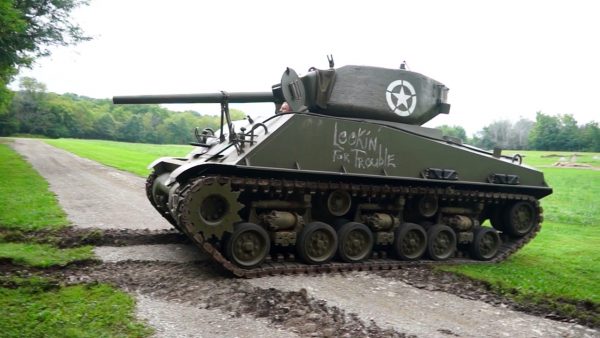

During the Battle of France, the French made attempts to reform defensive lines along rivers but were frustrated when German forces arrived first and pressed on. Blitzkrieg operations capitalised on surprise penetrations such as that of the Ardennes forest region, the general Allies' unreadiness and their inability to match the pace of the German attack. German maneuver operations were successful in the campaigns of 1939–1941, and by 1940, the term blitzkrieg was extensively used in Western media. The term had appeared in 1935, in a German military periodical Deutsche Wehr ("German Defence"), in connection to quick or lightning warfare. During the invasion of Poland, Western journalists adopted the term blitzkrieg to describe that form of armored warfare. ĭuring the interwar period, aircraft and tank technologies matured and were combined with systematic application of the traditional German tactic of Bewegungskrieg ( maneuver warfare), deep penetrations and the bypassing of enemy strong points to encircle and destroy enemy forces in a Kesselschlacht (cauldron battle/battle of encirclement). Blitzkrieg ( / ˈ b l ɪ t s k r iː ɡ/ BLITS-kreeg, German: ( listen) from Blitz 'lightning' + Krieg 'war') is a word used to describe a combined arms surprise attack using a rapid, overwhelming force concentration that may consist of armored and motorized or mechanized infantry formations, together with artillery, air assault and close air support, with intent to break through the opponent's lines of defense, dislocate the defenders, unbalance the enemies by making it difficult to respond to the continuously-changing front, and defeat them in a decisive Vernichtungsschlacht: a battle of annihilation.


 0 kommentar(er)
0 kommentar(er)
